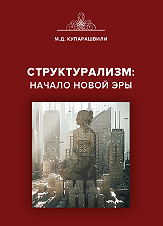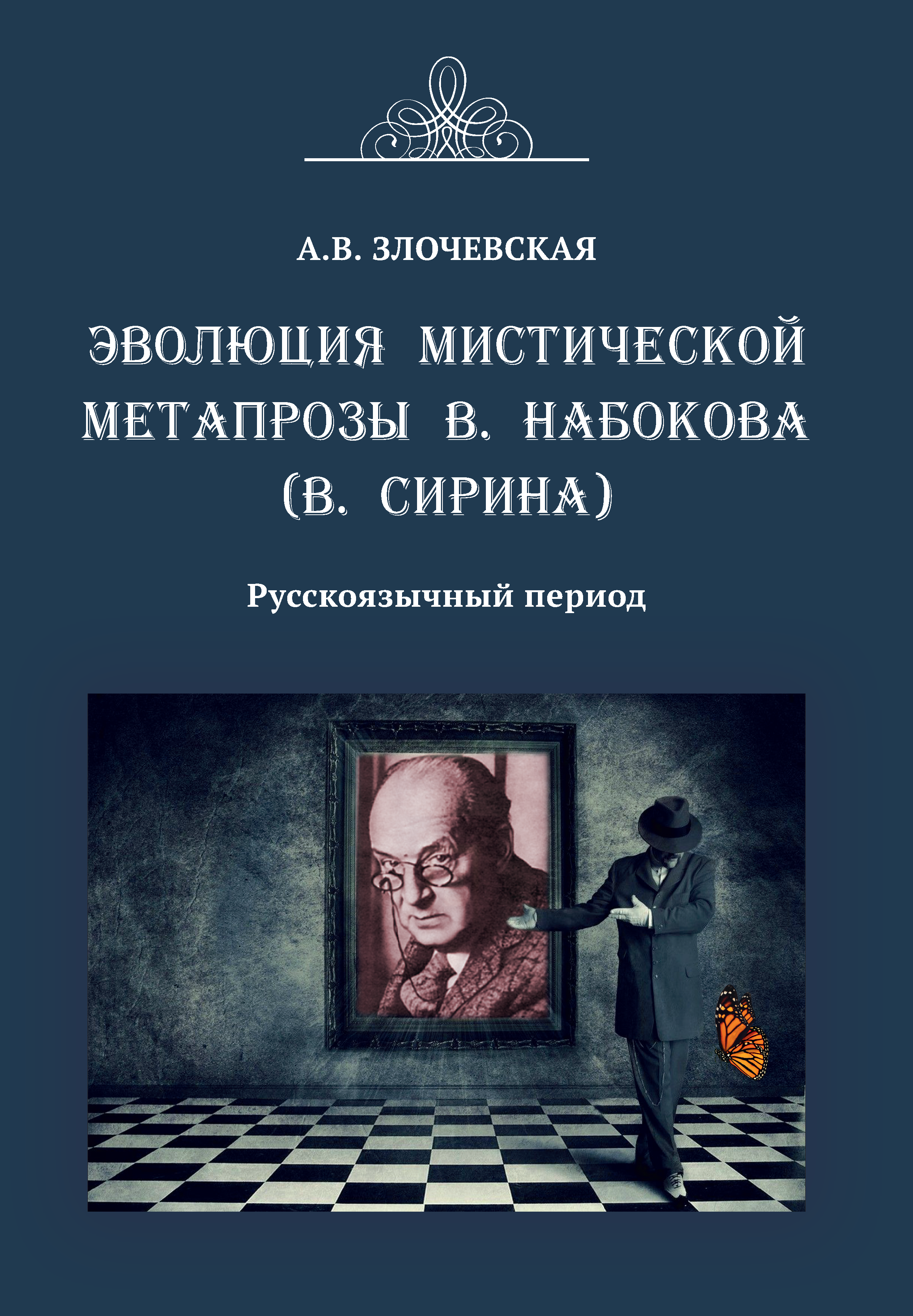https://doi.org/10.20339/AM.11-17.056
S.P. Babenko is Dr.Sci. (Engineering), prof. at Bauman Moscow State Technical university e-mail: babenkosvetlana@mail.ru ; and A.V. Badyin is Cand.Sci. (Physics & Mathematics) at Lomonosov Moscow State University e-mail: badyin@phys.msu.ru
Introduction to the concept of negative resistance begins in the school course with the study of the amplifier in a vacuum triode. Further it continues in the course of general physics of technical universities when acquainted with the laws of direct current and, further, can deepen when acquainted with the electrical conductivity of solids and semiconductor devices. In this paper, it is proposed, without changing the curriculum, to broaden the students' notion of the concept of negative resistance, the role of this concept in the development of semiconductor radio electronics. This will undoubtedly increase their erudition in the direction of creating and applying a wide class of modern semiconductor devices. In addition, familiarity with the nature of feedback of semiconductor self-excited oscillators will show the crucial role of theoretical knowledge obtained in the section of acquaintance with the elements of solid state physics in solving modern practical problems.
Key words: negative resistance, feedback, Gunn diode, tunnel diode, avalanche-transit diode, self-excited oscillator.
References
1.1922, . 14, . 374–386.
- Losev, O.V. Generating points of crystal. Telegraphy and telephony without cables. 1922, no. 15, pp. 564–569.
- Esaki, L. New Phenomenon in Narrow Germanium p‑n Junctions. Physical Review. 1958, vol. 109, no. 2, p. 603.
- Gann, J.D. The discovery of microwave oscillations in gallium arsenide. IEEE Transactions on Electron Devices. 1976, vol. 23, no. 7, pp. 705–713.
- Tsarapkin, D.P. Generators SVCh on Hann’s diodes. Moscow, 1982.
- Bosch B.G. Engelmann R.W. H. Gunn-effect electronics. London, 1975.
- Levinstayn, M.E., Pozhela, Yu.K., Shur, M.S. Hann’s effect. Moscow, 1975.
- Hilsum C. Transferred Electron Amplifiers and Oscillators. Proceedings of the IRE. 1962, vol. 50, no. 2, pp. 185–189.
9.. 1965, .14, .16.639.
- Tager, A.S., Vald-Perlov, V.M. IMPATT diode and their use in technique of SVCh. Moscow, 1968.
- Garyainov, S.A., Abezgauz, I.D. Semi-conductor instruments with negative resistance. Moscow, 1970.
- Shockley W. Negative resistance arising from transit time in semiconductor diodes. The Bell System Technical Journal, vol. 33, no. 4, pp. 799–826.


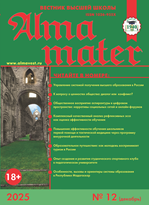
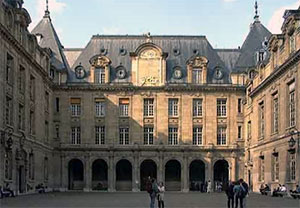
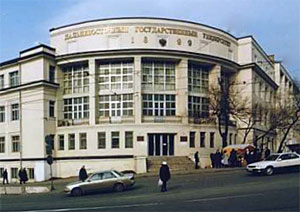
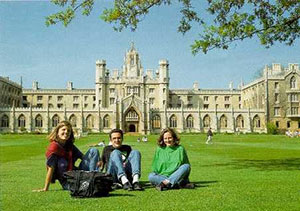
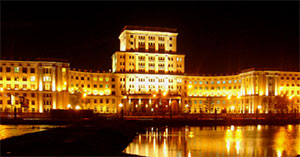
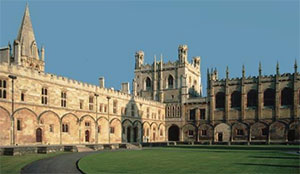
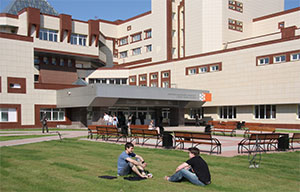


.png)
